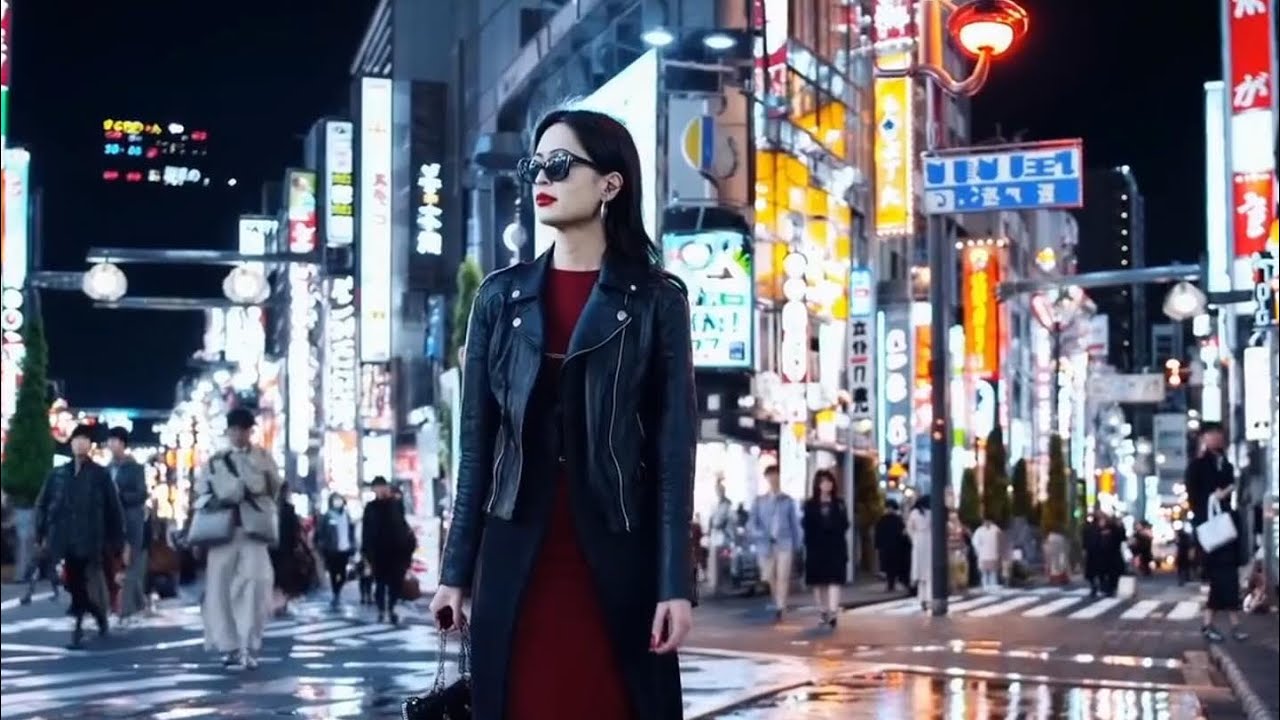In a groundbreaking move, OpenAI has unveiled its latest innovation: Sora, a cutting-edge system designed to transform textual prompts into highly realistic videos. This development marks a significant advancement in artificial intelligence, offering a glimpse into the future of creative content generation.
Sora leverages state-of-the-art machine learning techniques, including advanced natural language processing (NLP) algorithms and powerful generative adversarial networks (GANs). This sophisticated combination enables the system to interpret textual descriptions and translate them into visually compelling video sequences.
The capabilities of Sora are truly remarkable. Users can simply input a written prompt describing the desired content, whether it’s a scene from a movie, an animated short, or even a commercial concept. Sora then goes to work, autonomously generating a video that aligns with the provided description, complete with characters, settings, and actions.
One of the most impressive aspects of Sora is its ability to produce videos that exhibit a high degree of realism. The system incorporates advanced rendering techniques and meticulous attention to detail, resulting in visuals that closely resemble live-action footage or professionally animated content. This level of fidelity opens up a myriad of possibilities for creators, allowing them to bring their ideas to life with unprecedented ease.
Moreover, Sora‘s flexibility extends to various styles and genres. Whether users seek to create a sci-fi epic, a heartwarming drama, or a whimsical fantasy, the system can adapt its output to suit diverse artistic visions. This versatility ensures that Sora appeals to a broad range of creators, from filmmakers and animators to advertising agencies and content creators.
The implications of Sora extend far beyond mere entertainment. While the system undoubtedly holds immense potential for revolutionizing the film and animation industries, its applications extend into areas such as advertising, education, and beyond. Brands can use Sora to prototype commercials or visualize product concepts, educators can employ it to develop interactive educational content, and researchers can leverage it for scientific visualization and data storytelling.
However, as with any powerful technology, Sora also raises important ethical considerations. The ability to manipulate visual media with such ease and precision carries the risk of misuse, from spreading misinformation to perpetuating harmful stereotypes. As such, it is incumbent upon both OpenAI and users of the technology to exercise responsible stewardship and ensure that its capabilities are wielded ethically and responsibly.
In conclusion, the release of Sora represents a significant milestone in the evolution of artificial intelligence and creative content generation. By seamlessly translating textual prompts into realistic videos, Sora has the potential to democratize the creation process, empower storytellers, and reshape the way we conceive and consume visual media. As this technology continues to evolve, it will be fascinating to see the myriad ways in which it is applied and the impact it has on industries and society as a whole.


